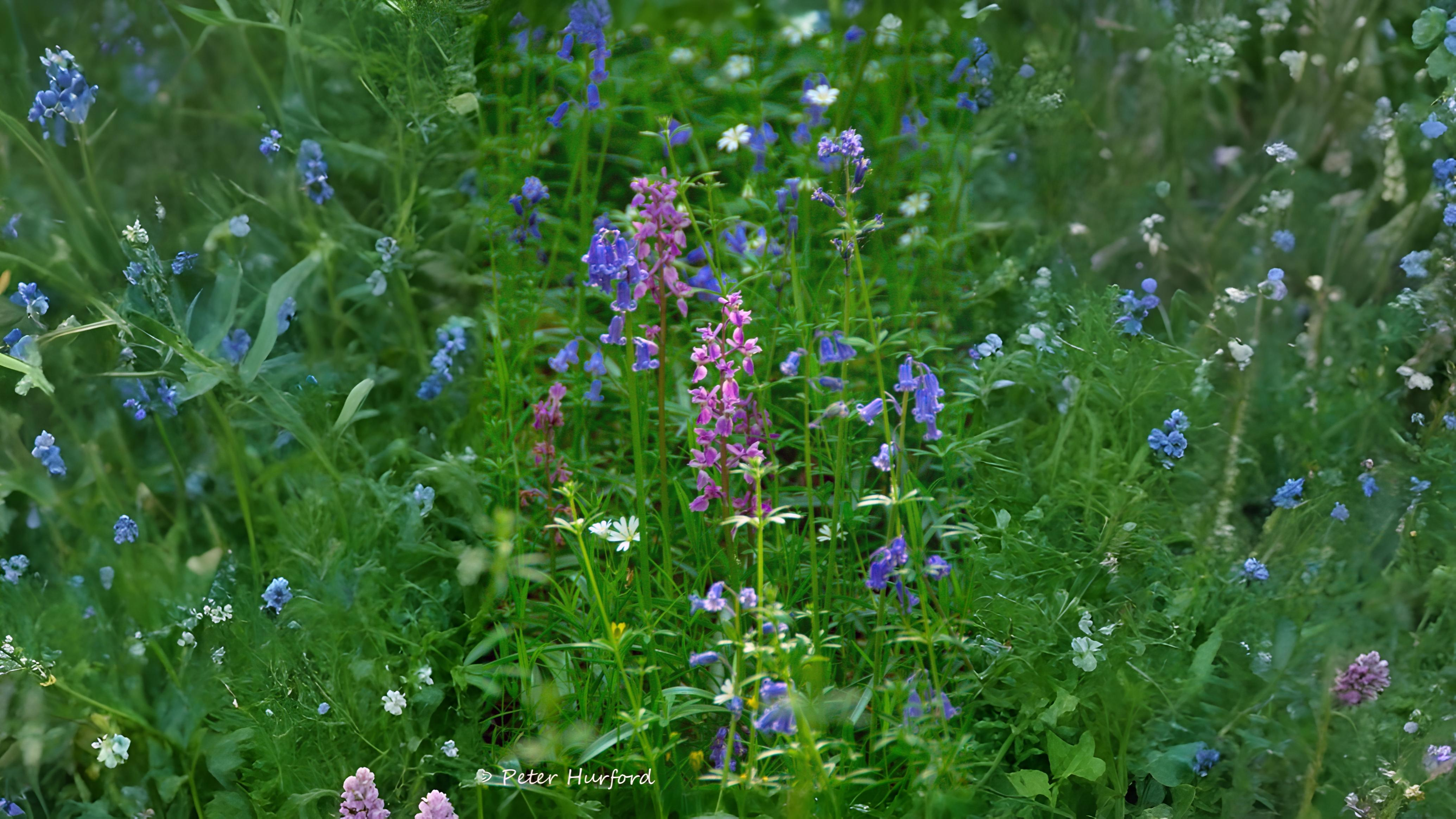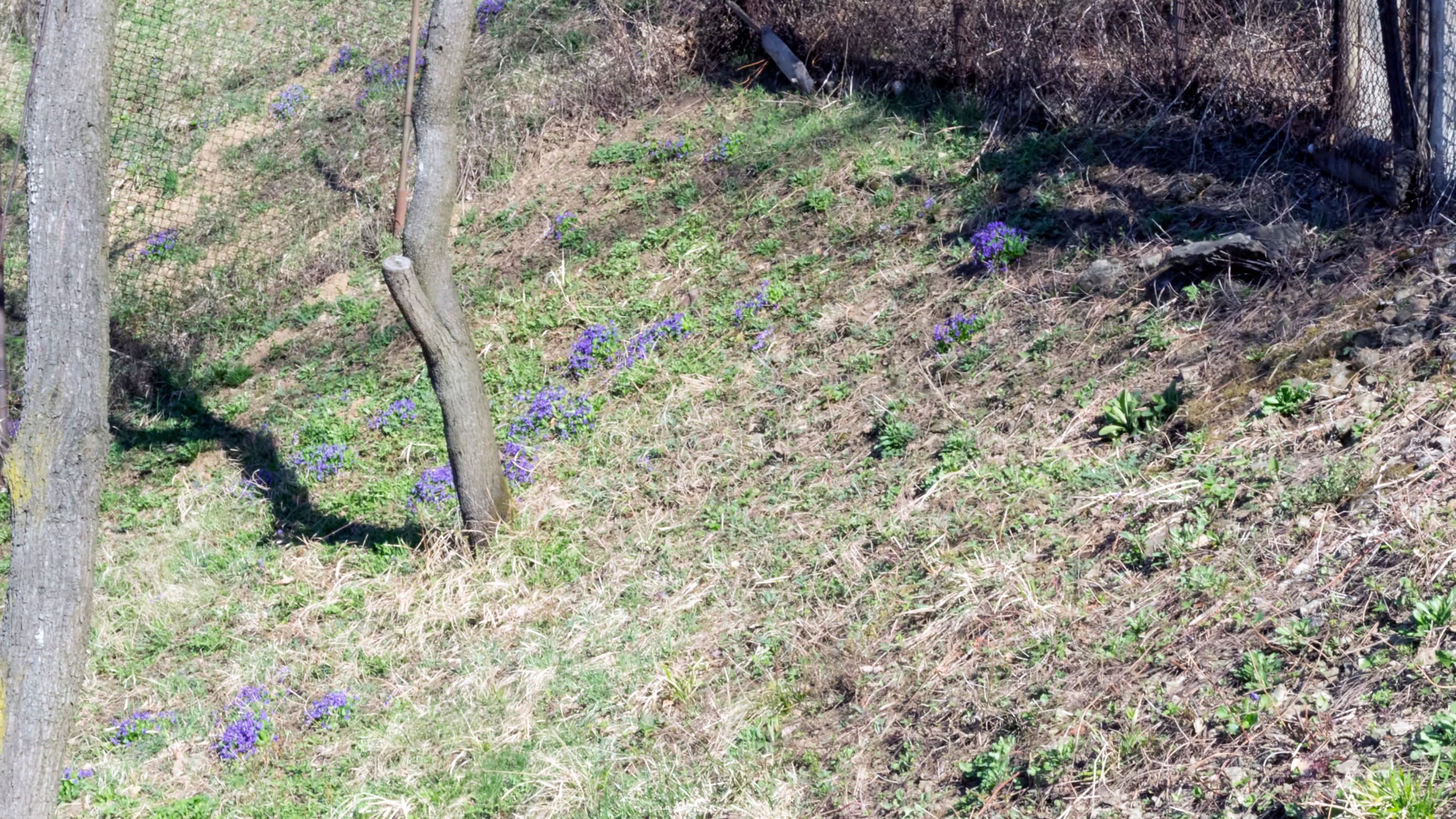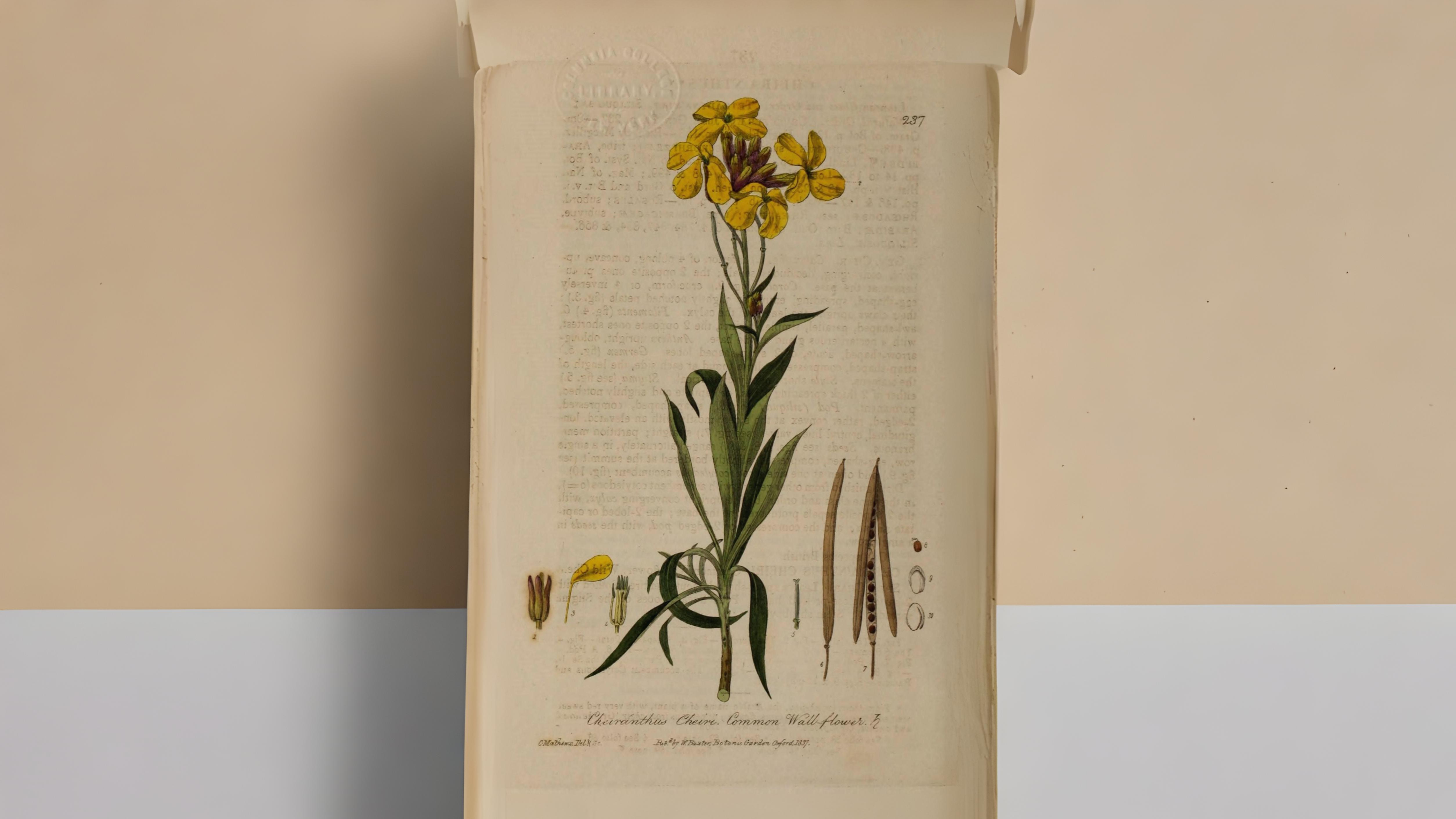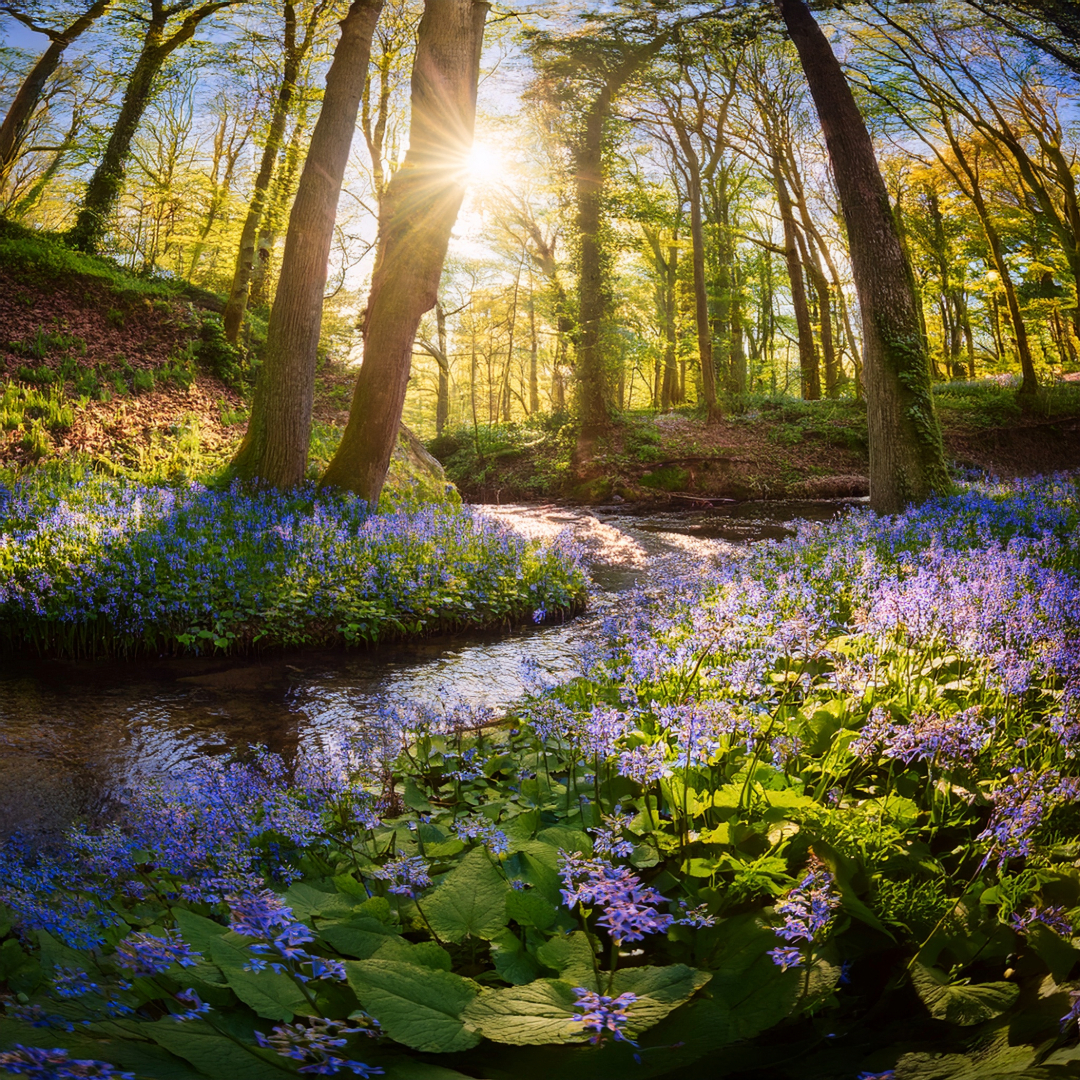
Breathe deep—April’s air is alive with nature’s most intoxicating (and occasionally revolting) perfumes. Discover why Shakespeare buried his face in violet banks, how wild orchids mimic sweaty goats, and where to find liverworts that smell like turpentine and violets. Will you seek out the Yoshino cherry’s almond whisper or brave the urine-stench of wild arum? And what alchemy makes a humble wallflower shift from rose to hawthorn in a single sniff?
Return on 27 April for a sensory safari through London’s scented April—where every breath tells a story.
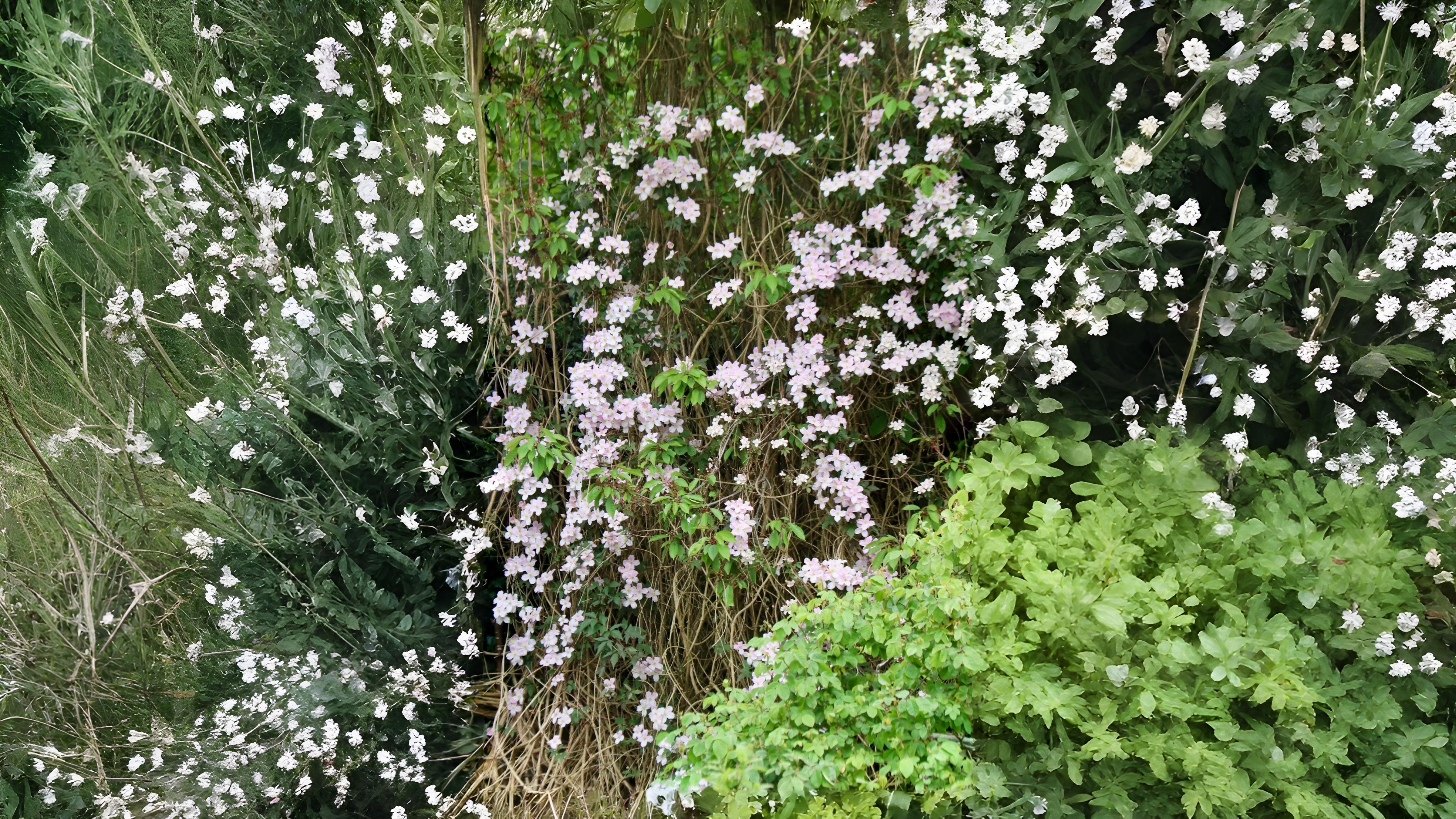

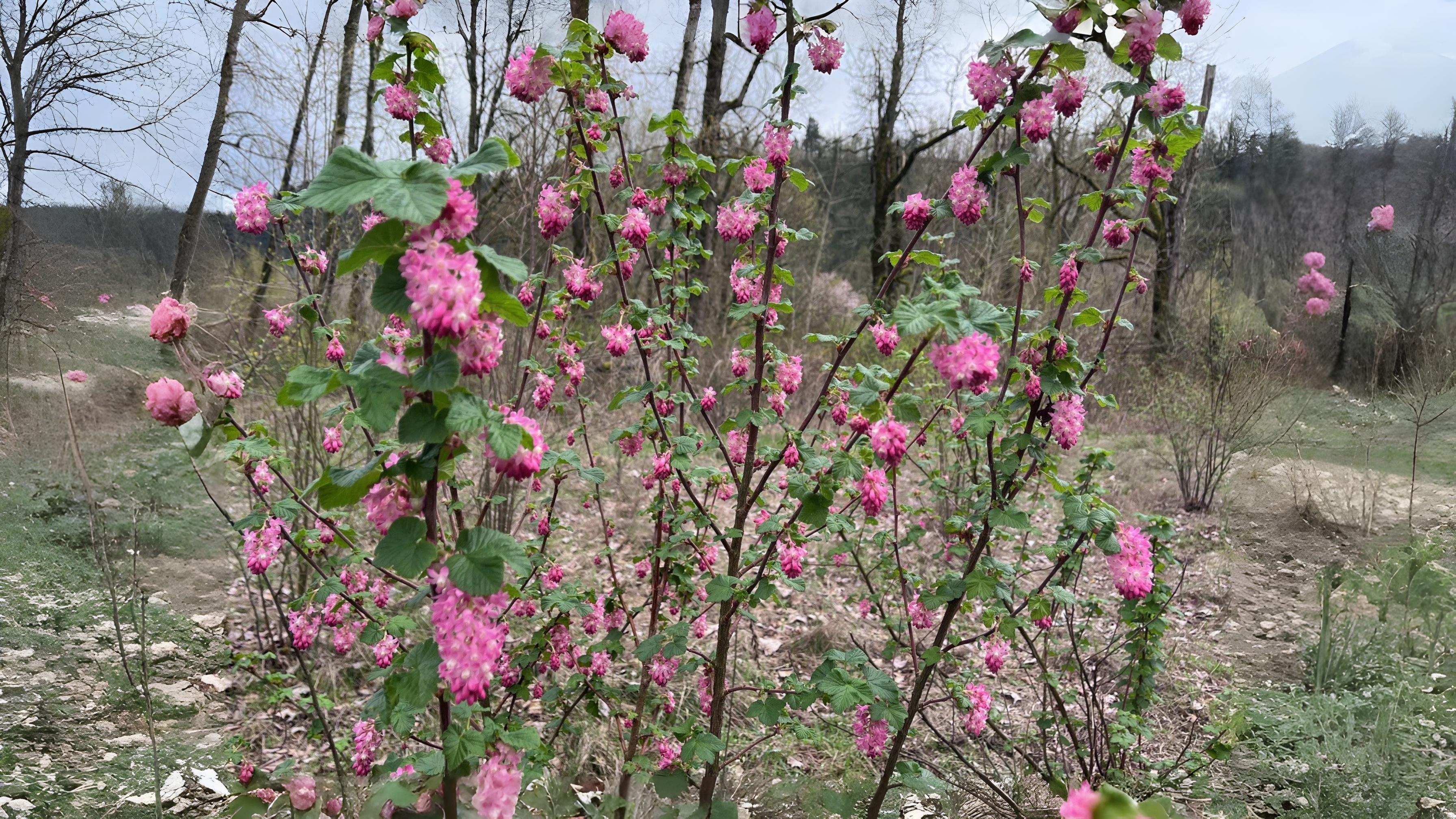

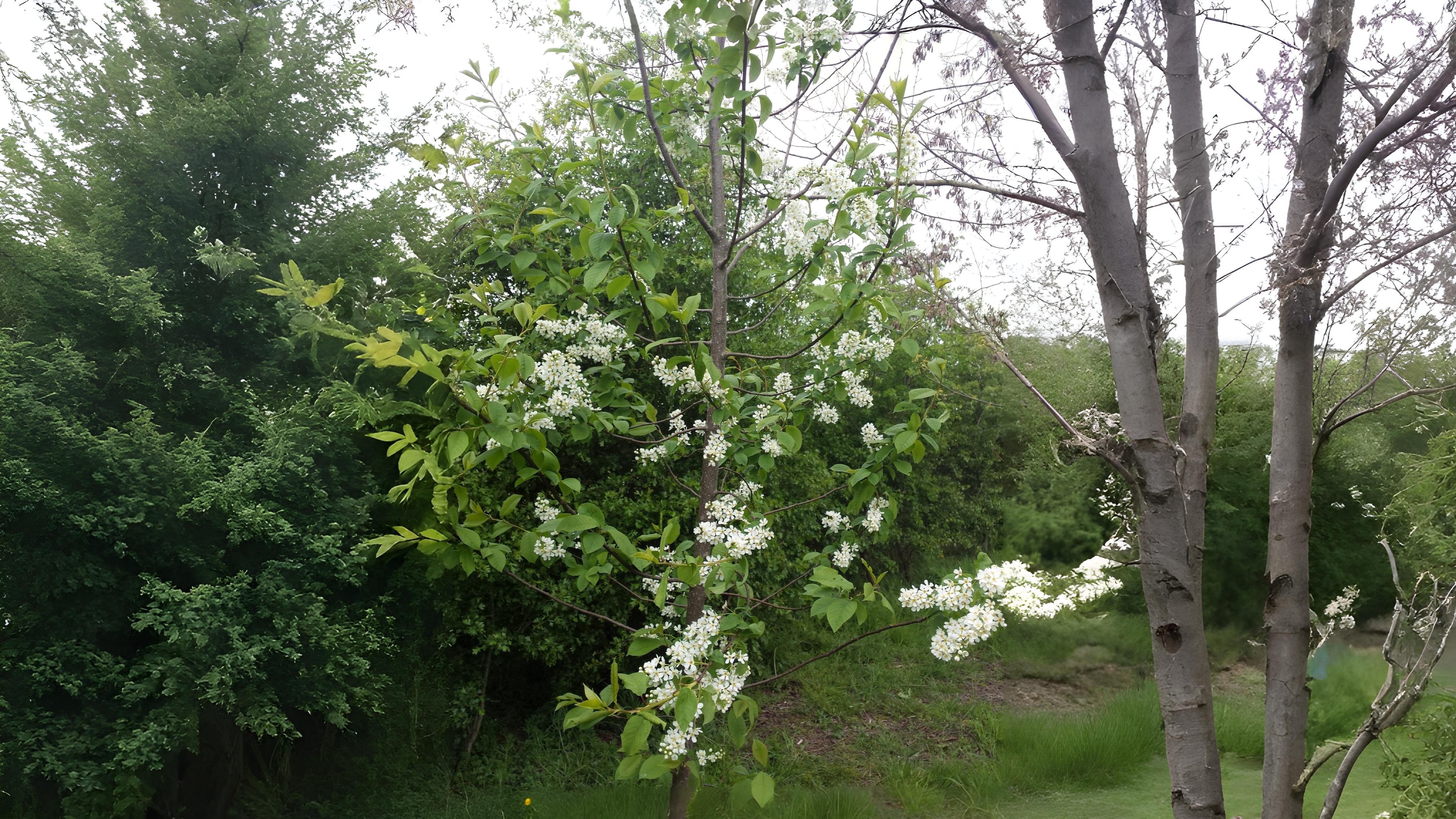

On grassy slopes, it is worth seeking out violets, primroses and cowslips for their scents. The cowslip has been described by some as a mixture of aniseed and wintergreen. This smell is also emitted from the root of the plant.
